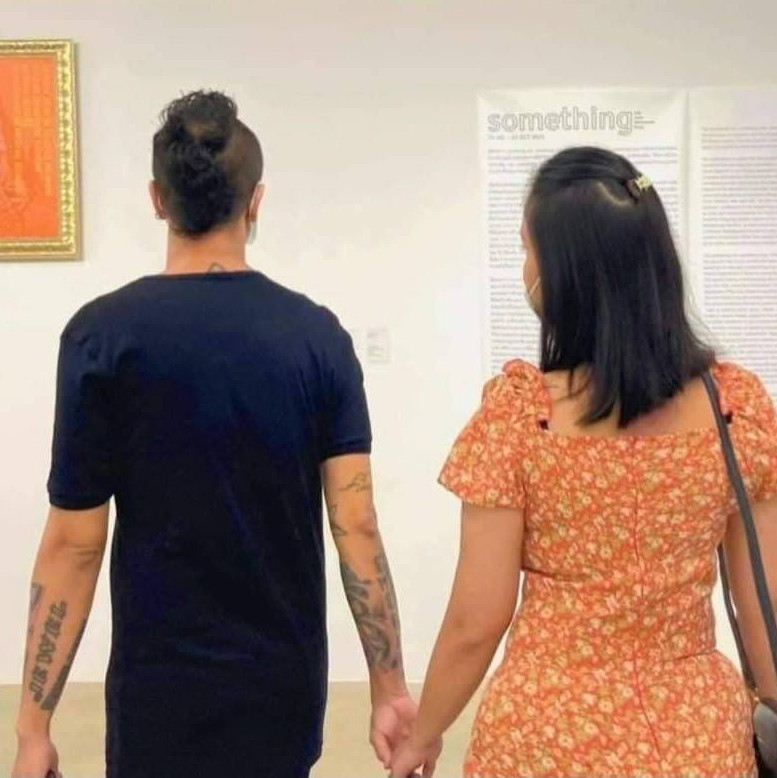












The trip of 3D videotape technology has been nothing short of remarkable. From its humble onsets in the form of stereoscopy to the immersive gests of virtual reality, 3D videotape has continually pushed the boundaries of what is possible in the world of visual entertainment. In this composition, we will embark on a fascinating trip through time to explore the elaboration of 3D videotape technology.
Stereoscopy The Birth of 3D Vision
The roots of 3D videotape technology can be traced back to the 19th century when stereoscopy was first introduced. Stereoscopy involved the donation of two slightly different images to each eye, creating the vision of depth and dimension. observers used bias like stereoscopes to perceive these images in three confines. While it was a simple conception, stereoscopy laid the foundation for the 3D technology we know moment.
Anaglyph 3D The Red and Blue Era
Themid-20th century saw the emergence of anaglyph 3D, a system that employed red and blue pollutants to produce 3D goods. pictures like” critter from the Black Lagoon” and” House of Wax” vulgarized this technology, furnishing cult with their first taste of immersive 3D gests . Anaglyph 3D, still, had limitations, including color deformation and eye strain.
Polarized 3D A Step Towards Clarity
As technology advanced, concentrated 3D systems surfaced as a more refined result. This system used concentrated lenses to separate the left- eye and right- eye images, performing in bettered image quality and color delicacy. Theaters began to borrow polarized 3D protuberance systems, making 3D pictures more accessible and pleasurable for cult.
Digital 3D and the Blockbuster Revolution
The early 21st century saw a rejuvenescence of 3D in playhouses with the arrival of digital 3D technology. flicks like” Avatar” and” Toy Story 3″ showcased the eventuality of this medium, offering stunning illustrations and depth that charmed cult worldwide. Digital 3D also excluded the need for clumsy spectacles, making the viewing experience more comfortable.
Virtual Reality( VR) 3D Absorption Beyond defenses
While traditional 3D videotape technologies continued to thrive, virtual reality took 3D gests to a whole new position. VR headsets like the Oculus Rift and HTC Vive transported druggies to virtual worlds where they could interact with their surroundings. This immersive form of 3D technology has operations not only in gaming but also in fields like education, healthcare, and armature.
Augmented Reality( AR) Bridging the Real and Virtual Worlds
In addition to VR, stoked reality( AR) introduced a new dimension to 3D videotape. AR overlays computer- generated imagery onto the real world, furnishing druggies with an enhanced, interactive experience. operations like Pokémon GO and AR navigation have demonstrated the eventuality of AR in everyday life.
Conclusion The Ever- Expanding Universe of 3D videotape
The elaboration of 3D videotape technology has been a trip filled with invention and excitement. From stereoscopy to virtual reality and stoked reality, each phase has contributed to the development of further immersive and engaging visual gests . As technology continues to advance, we can only imagine what the future holds for 3D videotape, as it continues to shape the way we perceive and interact with digital content.
